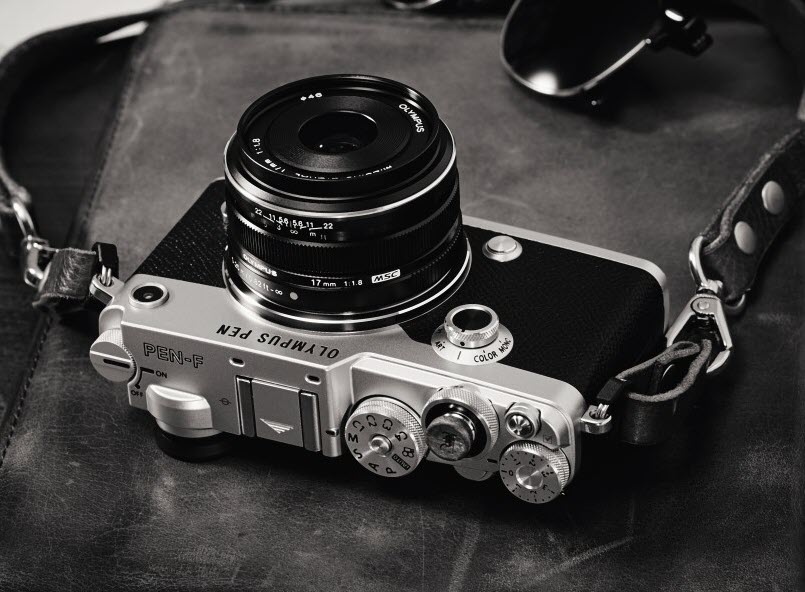
KEYLINE PHOTOGRAPHY WITH THE OLYMPUS PEN F
The OLYMPUS PEN F has been on the market for a few years. So much has been said about it elsewhere that the focus here is only on one special feature this camera offers - keyline photography.
However, it is worth mentioning that it is a camera with a Micro Four Thirds Sensor (MFT) that has 20 MP and is stabilized on 5 axes, and that with its retro look it is already a design icon that simply makes you want to take pictures.
WHAT IS KEYLINE PHOTOGRAPHY?
With the keyline technique the colours are reduced to only a few. In the image, several different shades of a colour are thus combined to fields of a single colour and bordered with a black "key line" (keyline) in the focus area.
In the blurred area the fields remain without black outlines.
This style is often used for comics.
This picture was taken in autumn, in front of a blue sky, with a few clouds. Hence the blue and white fields . . .
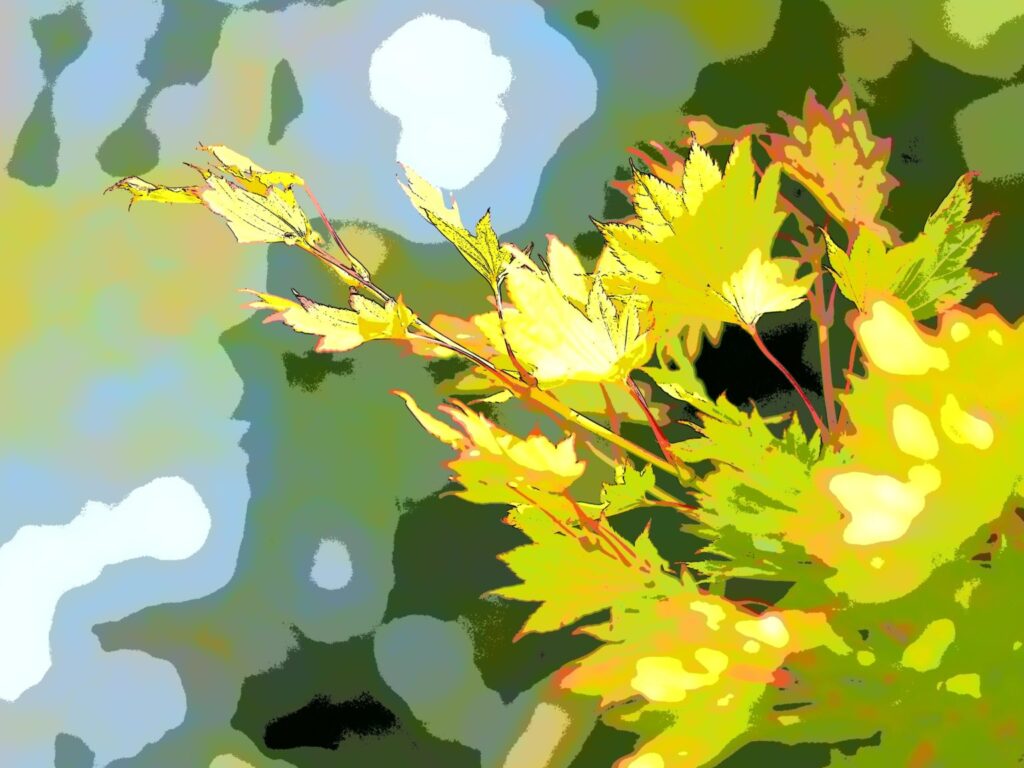
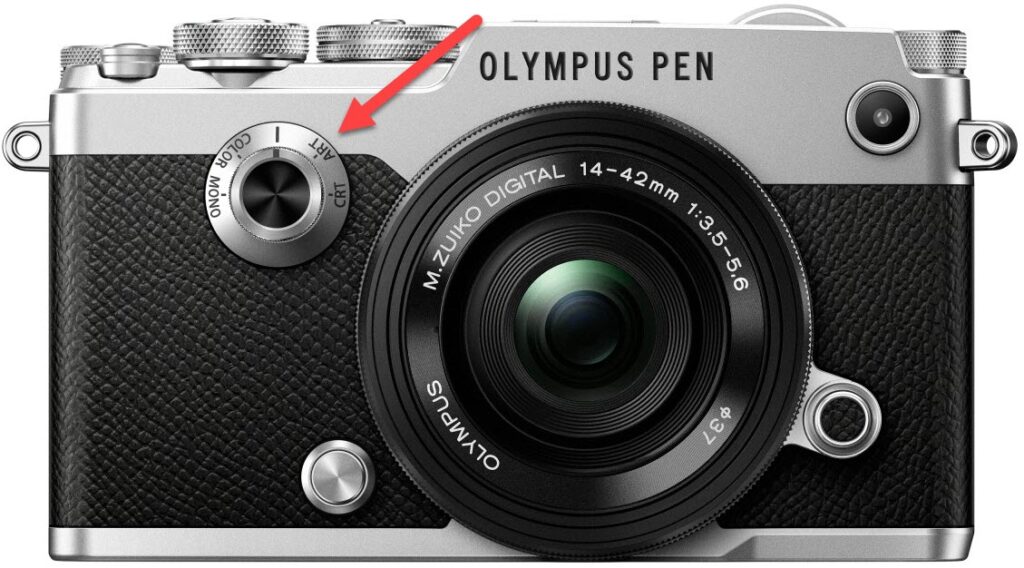
THE ART PROGRAM
The special thing about these keyline images is that they are created in camera, ready to use. No post-processing is necessary. Just set the dial on the front of the camera to "ART" and select "Keyline" - done!
I was looking for a software that can do this in post-processing, so that I could also manipulate images from other cameras in this way, but couldn't find one that would create the same look. Unique!
BY THE WAY
If you set the camera to produce RAW and JPG images at the same time, then you have the keyline shot as JPG - however, the RAW file contains the "normal" photo. Thus, one can afterwards choose the best of both worlds.
With the selection wheel, one can also adjust many other in-camera programs, for example black and white pictures (MONO).
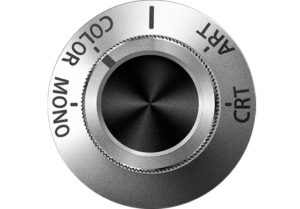

TECHNIQUES
How the keyline shots look like at the end can also be influenced by the choice of apertures and lenses.
This shot (Garda, Lake Garda) was taken with the 15mm LEICA DG SUMMILUX f1.7 at f4.0. This means that the focus range practically extends from front to back, which can be seen from the many black (key) lines.
Note:
The 15mm focal length at aperture f4.0 of this lens corresponds to 30mm f8.0 at full format. The f8.0 aperture only refers to the depth of field, not to the speed!
WITH TELE LENS
This shot was taken with the OLYMPUS ZUIKO 75mm f1.8 at open aperture (f1.8) - equivalent to 150mm at f3.6 in full format.
As a result, the plane of focus is extremely thin, only the lower edge of the leaf in the middle at the bottom of the image has the black lines indicating that the focus was there.
Images taken in this way look more painted than photographed - here the branch of a copper beech with autumnal colouring, in front of a blue sky.
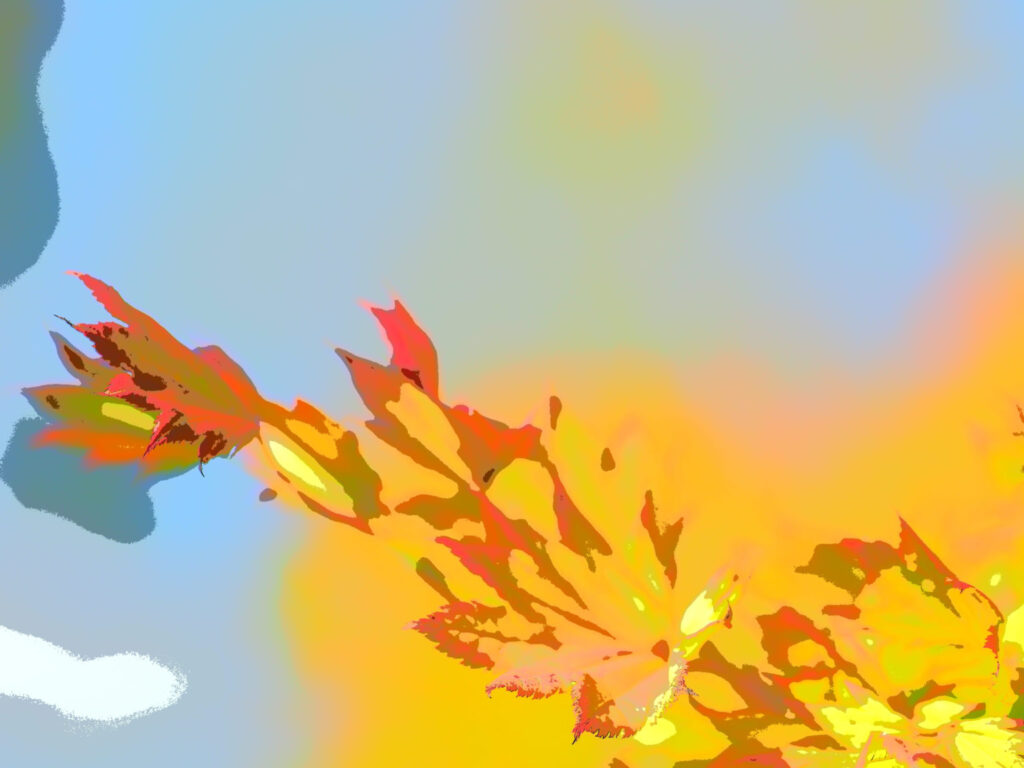
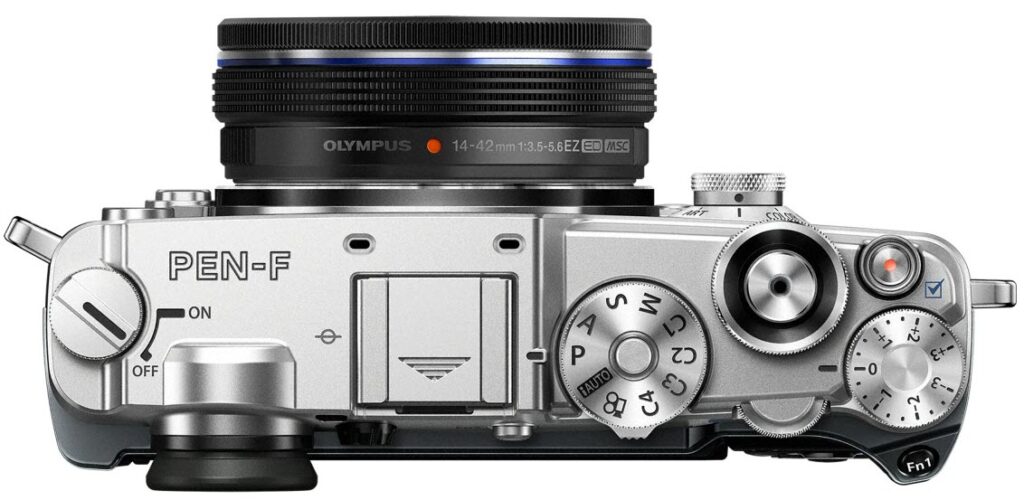
SMALL - BUT OHO!
The OLYUMPUS PEN F is very well manufactured. The haptics is very valuable and the knobs milled from aluminium look really good.
As shown here in the top view, all essential functions can be adjusted manually. The program dial, the exposure compensation, the aperture selection on the front dial and the ISO on the rear dial. For lenses with an aperture ring, the aperture selection can also be made on the lens and hense another function can be assigned to the front dial.
OTHER ALTERNATIVES
The PEN F is not the only OLYMPUS camera with the ART program for keyline photography.
As a backup, I bought a somewhat old OLYMPUS OM-D E-M1, which is able to capture other effects in addition to the keyline effect - e.g. sunstars.
For keyline photography the resolution of the sensor is not important, only very coarse resolutions are displayed anyway. If you want to, you can thus save some money on the equipment.
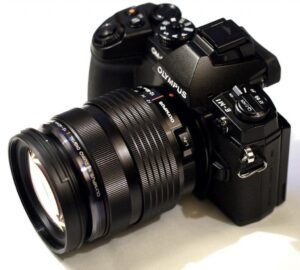

DESIRE FOR MORE KEYLINE IMAGES?
This way to the gallery:
